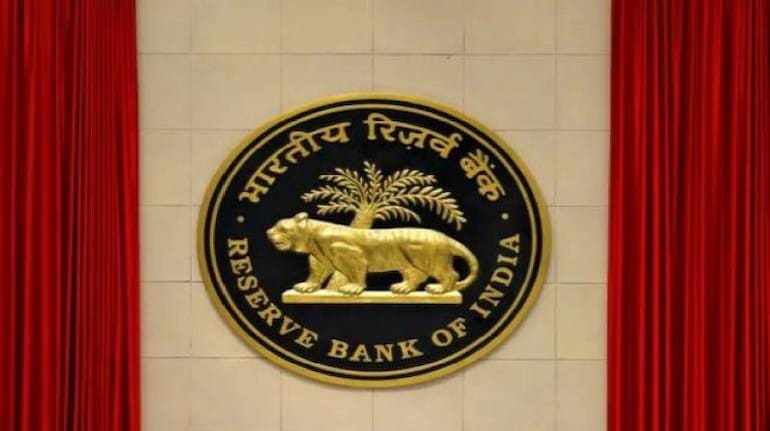



The Reserve Bank of India (RBI), on January 16, proposed a framework for adoption of an ‘expected loss-based’ approach for provisioning by banks.
Here’s an explainer to understand the ‘expected loss-based approach’.What is the expected loss-based approach? How will banks actually do this?This means, banks now have to assess expected loss on their overall financial assets and make provisions after assessment, rather than making it after the loan turns into a non-performing asset (NPA), said a banker with a private bank. Under these rules, a loan becomes an NPA if no repayment is made of interest or principal for a period of 90 days.
What was the method earlier?Prior to this, banks used to make loan loss provisions based on an ‘incurred loss’ approach.
In this method, banks need to make provisions for losses incurred on loans.
What was the drawback of the old model?Its key drawback was that usually banks made provisions with a significant delay after the borrower may have started facing financial difficulties, thereby increasing their credit risk. This led to systemic issues.
Okay, so how do banks classify assets under the new framework?Under the new framework, banks need to classify their financial assets into one of three categories, viz., Stage 1, Stage 2, and Stage 3, depending on the assessed credit losses on them.
This will be at a time of initial recognition as well as on each subsequent reporting date, and then make necessary provisions.
As of now, these norms are meant for only scheduled commercial banks, excluding regional rural banks.
The RBI has sought feedback on the paper till February 28, 2023.
The central bank has allowed banks to design and implement their own models for measuring expected credit losses for the purpose of estimating loss provisions in line with the proposed principles.
Also read: RBI tweaks norms related to acquisition for banks
How will RBI ensure execution?As per the discussion paper, the central bank shall be issuing broad guidelines, which will have a detailed set of expectations on the factors and information that should be considered by banks while making the credit risk models.
Further, the model adopted by banks will have to be independently validated to verify whether it follows the guidance issued by RBI.
“…based on sound reasoning, calibrated use of relevant data that is available with the bank, and, whether proper back-testing and internal validation of the models have been done to remove any bias, etc,” the discussion paper said.
The provisions as per the banks’ internal assessments shall be subject to a prudential floor, to be specified by the RBI based on comprehensive data analysis, rather than merely re-prescribing extant provisioning norms, the RBI said.
Discover the latest Business News, Sensex, and Nifty updates. Obtain Personal Finance insights, tax queries, and expert opinions on Moneycontrol or download the Moneycontrol App to stay updated!
Find the best of Al News in one place, specially curated for you every weekend.
Stay on top of the latest tech trends and biggest startup news.